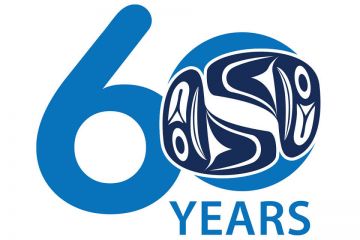Addressing systemic barriers across campus
The university is intentionally thinking differently about planning process and design strategies to engage true and meaningful action on equity, diversity, inclusion and anti-racism throughout the campus community.
“This will be challenging and humbling work for UVic and for us all,” says Cassbreea Dewis, executive director of Equity and Human Rights (EQHR). “The aim is to create an overarching Equity Action Plan, which will set out universal goals to advance and embed equity, diversity, inclusion and anti-racism across the university and deepen our institutional commitment to finding and addressing systemic barriers to equity, diversity and inclusion.”
The process to develop the campus equity action plan began this past spring, with a call for members of a new Reflection and Challenge Committee (RCC), and an ambitious one-year timeline. The goal is to launch the plan in spring 2022 and mobilize ongoing implementation across campus.
The RCC committee is tasked with:
- listening to diverse voices on campus;
- framing challenges and opportunities to address barriers and to achieving equity and justice;
- identifying solutions and actions to move UVic toward a desired future that has truly embedded equity, inclusion and justice for all.
With 25 diverse members, the committee is working with leadership support from EQHR to develop the plan through an equity-centred design process. This innovative process acknowledges that systems of inequity are products of design—meaning those systems can be redesigned.
By putting equity as the foremost priority through involvement of the people and communities most affected, the process itself becomes grounded in understanding the root causes of inequity, identifying systemic barriers to equity and building action-oriented solutions.
“Equity-centred design allows us to break out of the traditional ways of developing a plan and makes sure the people most impacted are central in the planning and actions that result,” says Goudar.
Over the next few weeks, more information about the equity action planning process and opportunities for community engagement will be shared widely.
“Concrete actions–not words or hopes–will build trust in the process and ultimately make it successful,” says one RCC member. “We need to hold ourselves, each other and the institution accountable as we build this plan together.”
Learn more about the Equity Action Plan development.
In this story
Keywords: equity, inclusion, diversity, racism, administrative
People: Cassbreea Dewis
Publication: The Ring




